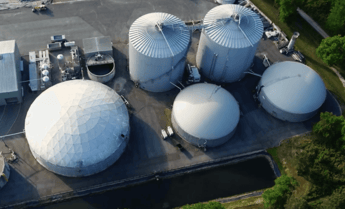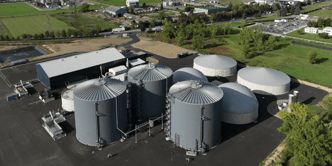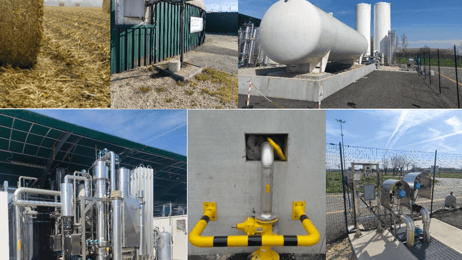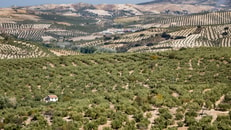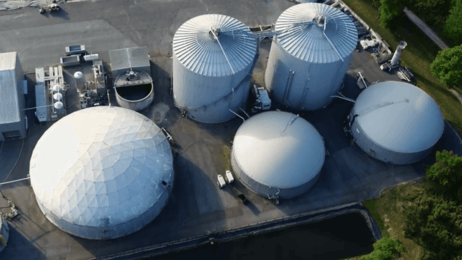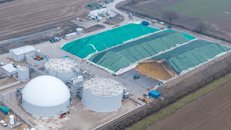Clemessy builds biomethane injection stations to support NaTran
Clemessy has installed a biomethane injection station for gas transmission operator NaTran at Fontaine-le-Dun in northern France, in order to connect TotalEnergies’ new biomethane production site at BioNorrois to the network.
TotalEnergies Green Gases and LNG has built an anaerobic digestion plant in Fontaine-le-Dun (76), which recovers beet pulp from the Cristal Union agro-industrial cooperative by mixing 50% of it with other inputs (slurry, agricultural and agri-food waste) from neighbouring farms. A 15-year deal was signed in February 2024.
Eventually, the biomethane produced by BioNorrois should cover the annual energy needs of 30,000 inhabitants (150 GWh PCS of biomethane/year). During the first phase of the digester’s operations, biomethane production is expected to reach almost 100 GWh/year.
... to continue reading you must be subscribed


